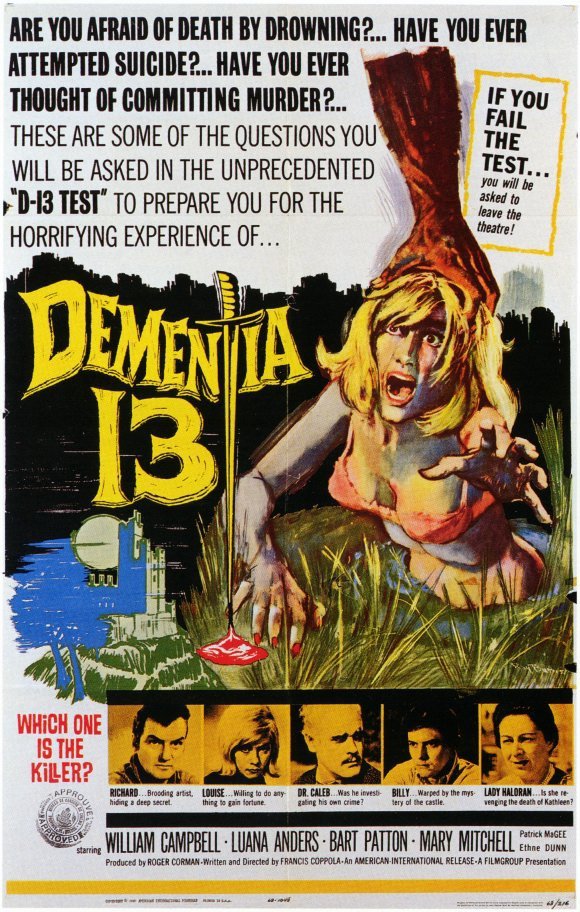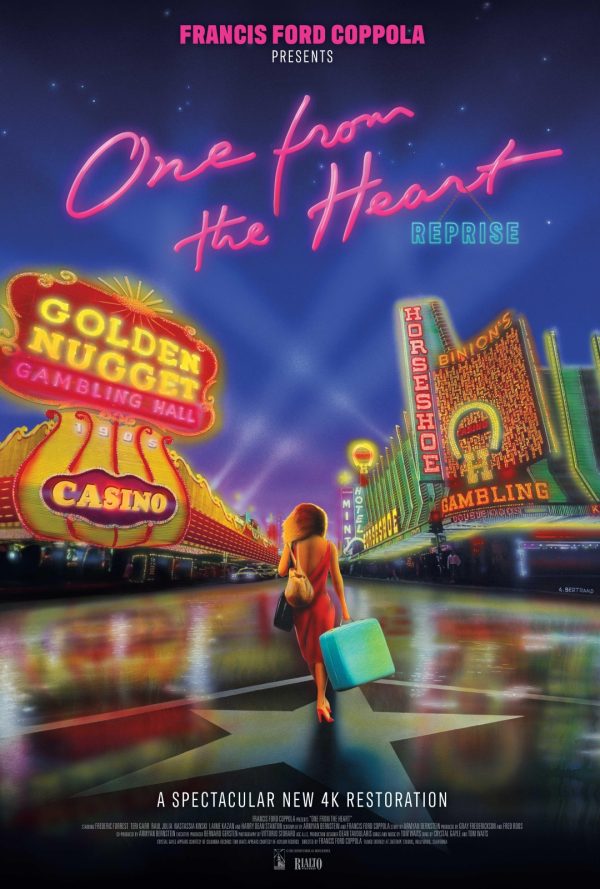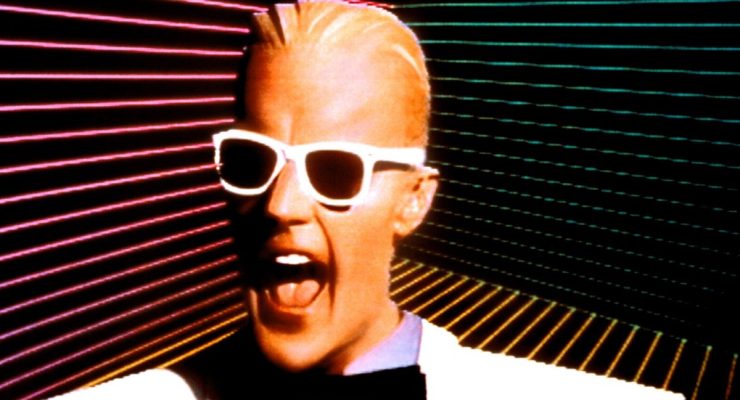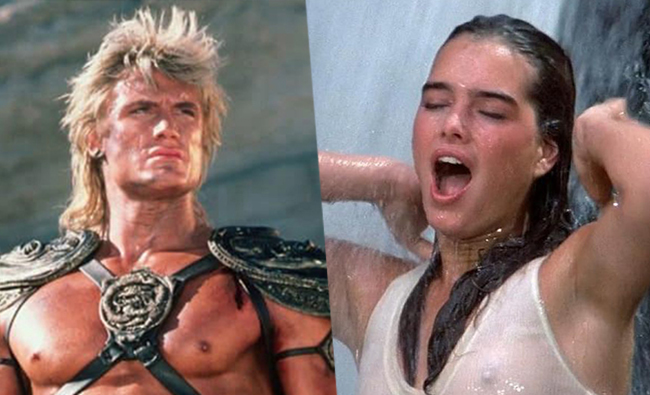Casey Chong looks at six underrated Francis Ford Coppola movies…
Francis Ford Coppola’s works as a director spanned six decades with his most prominent filmography coming from the ‘70s era. A string of hits and best works including the first two Godfather films, The Conversation and Apocalypse Now put Coppola on the map. But post-1970s tells a different story with Coppola’s winning streak experiencing a roller coaster of uncertainty of near-misses and outright fiascos.
Even so, there are some underrated movies worth mentioning here and to coincide with the release of his passion project Megalopolis [read our review here], here are the six of them worth a second look…
Dementia 13 (1963)
A director even as revered as Francis Ford Coppola, who defined the 1970s era must start somewhere. That “somewhere” in question would be a black-and-white indie film shot on a shoestring budget called Dementia 13. Coppola, who also wrote the screenplay, inspired his story straight out of Psycho framework. He sets the ominous tone right from the get-go – the atmospheric opening scene where a couple (Peter Read’s John and Luana Anders’ Louise) arguing while rowing a boat in the lake late at night. The argument leads to the young wife’s husband’s sudden death, prompting Louise to elaborately scheming her way to Peter’s family castle in the remote Irish countryside. Her motive has to do with his late husband inherits a fortune from his wealthy mother (Eithne Dunne).
For a first-time feature director, Coppola does a better-than-expected job emulating the look and feel of an Alfred Hitchcock film, complete with an obligatory beautiful blonde played by Luana Anders. He incorporates murder mystery, red herrings, and slasher-film tropes, where the latter is evident with the unseen axe-wielding murderer terrorizing the family castle. True to Psycho-like storytelling structure, there’s a pivotal well-executed murder scene halfway through the movie.
Dementia 13 may feel less of a distinct Francis Ford Coppola movie that viewers would grow accustomed to his more complex works in the ‘70s. But even for an exploitation genre film like Dementia 13, then-twentysomething Coppola has already proved his worth as one of the most up-and-coming young filmmakers to look forward to at the time.
The Rain People (1969)
 Three years before he hit his next-level breakthrough in The Godfather, Francis Ford Coppola made this low-key road movie The Rain People starring Shirley Knight and James Caan. Produced under his then-newly formed American Zoetrope banner, the movie centers on Natalie Ravenna (Knight), a lonely housewife who finds herself pregnant. But instead of telling her husband the good news, she made a drastic decision: Sneaking out of the home early in the morning while her husband is still sleeping and hit the road driving the station wagon.
Three years before he hit his next-level breakthrough in The Godfather, Francis Ford Coppola made this low-key road movie The Rain People starring Shirley Knight and James Caan. Produced under his then-newly formed American Zoetrope banner, the movie centers on Natalie Ravenna (Knight), a lonely housewife who finds herself pregnant. But instead of telling her husband the good news, she made a drastic decision: Sneaking out of the home early in the morning while her husband is still sleeping and hit the road driving the station wagon.
Natalie’s aimlessness on her seemingly endless journey of soul-searching reflects Coppola’s screenplay that lingers around before making baby-step progress. It was admittedly slow that would turn off many casual viewers but it surprisingly works well in his favor. His nuanced direction is on point here as he subtly explored the loneliness, freedom, and sense of responsibility.
Coppola brings out the best in his cast, pairing Knight’s quietly affecting Natalie with James Caan, who plays a former football player suffering from brain damage hitching a ride. The latter plays the mentally challenged role well without resorting to over-the-top histrionics. Their unlikely love-hate chemistry blossoms as the two accompanied each other on the road, leading to a series of bittersweet and conflicted moments. The movie also features Robert Duvall in his solid supporting turn as the volatile highway patrolman, Gordon.
One from the Heart (1982)
Here’s the notorious movie that nearly bankrupted Francis Ford Coppola. The heart of the movie may have been least effective here with the underlying simple story about two lovers (Teri Garr’s Frannie and Frederic Forrest’s Hank) break up after a fight, resulting in their respective quests for seeking solace in the comfort of others. Frannie ends up hooking with pianist Ray (Raul Julia) while Hank goes out with circus performer Leila (Nastassja Kinski).
And yet, there’s something mesmerizing about this otherwise thinly-sketched One from the Heart. Coppola risks it all by focusing primarily on the visual and technical aspects of the movie, beginning with his insistence of building the neon-soaked Las Vegas on Zoetrope soundstages instead of shooting the film on-location. This explains the huge budget ($26 million was a lot at the time in the early ‘80s) but it pays off, at least creatively speaking with Vittorio Storaro and Ronald Victor Garcia’s combination of vibrant and expressive cinematography complements well with the lavish production design. The sheer artificiality of its entire set filmed in the studio backlot-style, complete with striking colors pop to life deliberately echoes the old-school movie musical but with Coppola’s uniquely stylized touch.
Coppola’s decision to shoot his movie in Academy ratio brings a sense of visual intimacy and personalized feel. The movie may have fashioned like a musical but Coppola doesn’t execute it in a traditional way, opted instead with Tom Waits’s distinctly guttural voice and Crystal Gayle’s warm and velvety crooning fills the background. The bluesy jazz songs are effectively used to reflect the characters’ varied emotions and reactions.
Rumble Fish (1983)
The year 1983 saw Francis Ford Coppola directed two movies including The Outsiders and Rumble Fish, both of which adapted from S.E. Hinton’s novels. Whereas The Outsiders was a modest hit, the same cannot be said for the latter’s lackluster box-office returns (it only made around $2.5 million against a $10 million budget). The flop was understandable, given the movie’s niche avant-garde style of a teenage coming-of-age drama.
But it’s hard to ignore the sheer ambition that Coppola executed his movie in a uniquely experimental manner. Shot in high-contrast black and white cinematography that emphasizes heavily on expressive shadows and mood lighting, complete with Stewart Copeland of The Police’s one-of-the-kind score, the story is told from Rusty James’ (Matt Dillon) perspective, a disillusioned teenager prone to causing trouble. He worships his older brother nicknamed The Motorcycle Boy (Mickey Rourke) and always dream to be like him. When The Motorcycle Boy shows up after disappeared for months, the movie focuses on the sibling relationship between the two.
The young cast packs a punch, notably Dillon in his engaging lead turn as Rusty James while the charming Mickey Rourke steals the show as the soft-spoken Motorcycle Boy, whose tough-guy exterior lies a deep sense of melancholy that bottled him from inside out. His minimalist acting style speaks volumes while the rest of the actors such as Nicolas Cage, Chris Penn and Diane Lane round up the impressive cast.
The titular “rumble fish” made ways for the movie’s use of vibrant colors contrasted against the monotone background. The earlier brawl sequence has the look and feel of a balletic dance choreography and it was deliberately staged as such. And not to forget, Rusty’s surrealistic out-of-body experience, where we see his soul floating across town.
Tucker: The Man and His Dream (1988)
Optimism runs deep in Tucker: The Man and His Dream, a feel-good biopic about Preston Tucker (Jeff Bridges), an inventor who dares to dream big. He had an idea to build the “car of the future” with revolutionary designs that maximizes comfort and above all, safety. But he has a setback: money. He needs it to realize his dream and so, he manages to assemble a team including his financier Abe (Martin Landau), designer Alex (Elias Koteas) and others like Jimmy (Mako) serving as the car engineer.
Coppola shot his movie in a charmingly old-school style with Vittorio Storaro’s cinematography captured the nostalgic 1940s era. Tucker: The Man and His Dream also benefits from Bridges’ effortless charm and likable personality, easily one of the best performances in his illustrious career. He is backed Martin Landau’s solid Oscar-nominated turn as Abe and Joan Allen as Tucker’s supportive wife, Vera.
Beyond the American Dream, Coppola has something to say about capitalism and dirty politics deter a forward-thinking man like Preston Tucker trying to build a better life through his car innovation to the next level. This leads to the second half revolving around Tucker’s downfall after finding himself being sued for fraud. The extended courtroom sequence is a rousing entertainment of war of words, particularly Tucker’s poignant closing statement.
The Rainmaker (1997)
The 1990s era was big on John Grisham, whose legal-thriller novels have translated to box-office golds from The Pelican Brief to The Firm, The Client, and A Time to Kill. But Francis Ford Coppola’s adaptation on The Rainmaker barely scraped by at the box office. It’s a pity the movie didn’t do better because the story, slow as it may be, is absorbing enough, which centers on a rookie lawyer (Matt Damon’s Rudy Baylor) takes on his first big case to sue an insurance company for denying the terminally ill cancer patient’s bone marrow transplant.
The Rainmaker marks the first time Matt Damon plays a lead role and credits to Coppola for directing his actors while giving them ample room to shine. Damon is engaging as the inexperienced but determined young lawyer while his chemistry with Danny DeVito’s paralegal Deck Shifflet resulting in one of the best on-screen partnerships that year. Despite the nature of the movie, Coppola doesn’t forget to let loose with a subtle sense of humor without going overboard.
Being a legal drama, Coppola doesn’t forget to set enough sparks into the courtroom scenes with the otherwise nervous Rudy slowly gaining confidence fighting the case against the more experienced defense attorney, Leo F. Drummond (Jon Voight in a strong supporting turn).
What are your favourite Francis Ford Coppola movies? Any worthy of a second look? Let us know on our socials @Flickeringmyth…
Casey Chong























